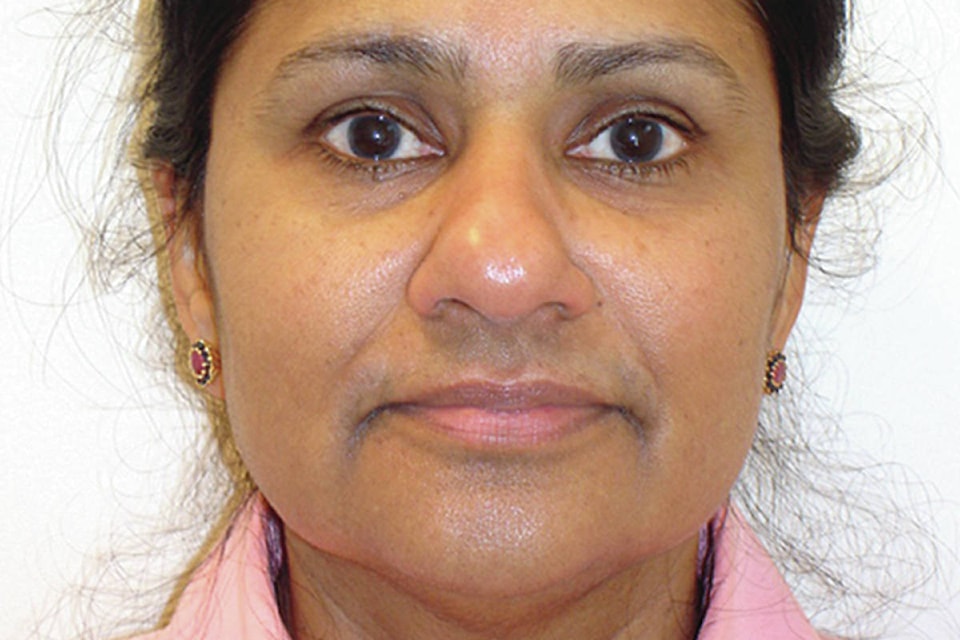It is the leading cause of permanent loss of vision, yet is frequently misdiagnosed. Age-related macular degeneration (AMD) is a common eye disease affecting a million Canadians. It is much more common than breast cancer, prostate cancer, Parkinson’s disease or Alzheimer’s disease, yet very people are aware of it.
The number of people with AMD is expected to double in 25 years, due to population aging.
AMD affects central vision, causing difficulty in reading, driving and seeing things in front of us clearly. Untreated AMD can lead to permanent loss of central vision.
If diagnosed in the early stage, we can slow down or prevent the progression of AMD with regular eye examinations, and proper management. However, according to a recent study published in the JAMA Ophthalmology Journal, 1 in 4 cases of AMD is not recognized in the early stages.
What is AMD? AMD is an age-related condition that affects people over the age of 50. It occurs when the macula, which is the central part of the retina of the eye, responsible for central vision, is damaged.
There are two types of AMD. Dry AMD and wet AMD. Dry AMD is the more common type, accounting for about 90 per cent of cases. Wet AMD is the more advanced stage of the disease.
Usually, AMD starts as the dry type and can develop in one or both eyes. Early dry AMD is often symptom-free and mild and many people are unaware if its presence. It advances slowly over the course of several years.
Dry AMD occurs when the layer of cells beneath the retina begins to age and thin. One of the most common early medical signs of dry AMD is the presence of small yellow-white deposits called drusen, which accumulate under the retina. These deposits may affect the overlying retina, particularly the light-sensitive cells in the macula.
Wet AMD is the most severe form of AMD and can cause a sudden loss of vision within weeks or months. Wet AMD involves the unexpected growth of abnormal blood vessels below the retina, which break into the macula, causing blood and fluid to leak.
Cells in the macula become damaged, resulting in central blind spots and blurred vision. Once wet AMD is present in one eye, the chance of developing it in the other eye is greatly increased.
To see the eye doctor at the right time we should be aware of the common symptoms of AMD.
Although the condition affects everyone differently, generally, people with AMD experience blurring in the centre of their visual field, with a growing central blind spot. The person can have difficulty reading words in a book, recognizing faces, and understanding visual details.
Other symptoms can include a decreased ability to distinguish colour contrast, especially under poor lighting, or distorted vision, which includes images fading or running together. Both near and distance vision may be unclear or blurry.
Currently, there are no proven effective treatments for dry AMD.
A study conducted by the National Eye Institute found that a special formulation of vitamins and zinc can lower their risk of developing the advanced form of the condition.
There are several treatments available for people with wet AMD, which can help slow down vision loss and, in some cases, restore vision. These include laser photo coagulation, and anti-angiogenic injections, which are not covered by some provincial health care insurance plans.
What can we do to reduce our risk for developing AMD?
Fortunately, making simple lifestyle changes can help slow the progression of vision loss. These include:
l Avoiding smoking
l Eating a healthy diet, including green leafy vegetables, unprocessed foods, and omega 3-rich foods such as fish, flaxseed oil
l Being physically active.
l Maintaining a healthy blood pressure and body weight
l Protecting your eyes from UV rays
The best thing you can do to reduce your risk for AMD is to see your eye doctor for regular, complete eye exams. The earlier your eye doctor diagnoses AMD, and the more frequently it is monitored, the better are your chances of controlling and treating the disease. For information on how to live well with AMD, please visit www.cnib.ca
Padmaja Genesh, who holds a bachelor degree in medicine and surgery as well as a bachelor degree in Gerontology, has spent several years teaching and working with health-care agencies.
